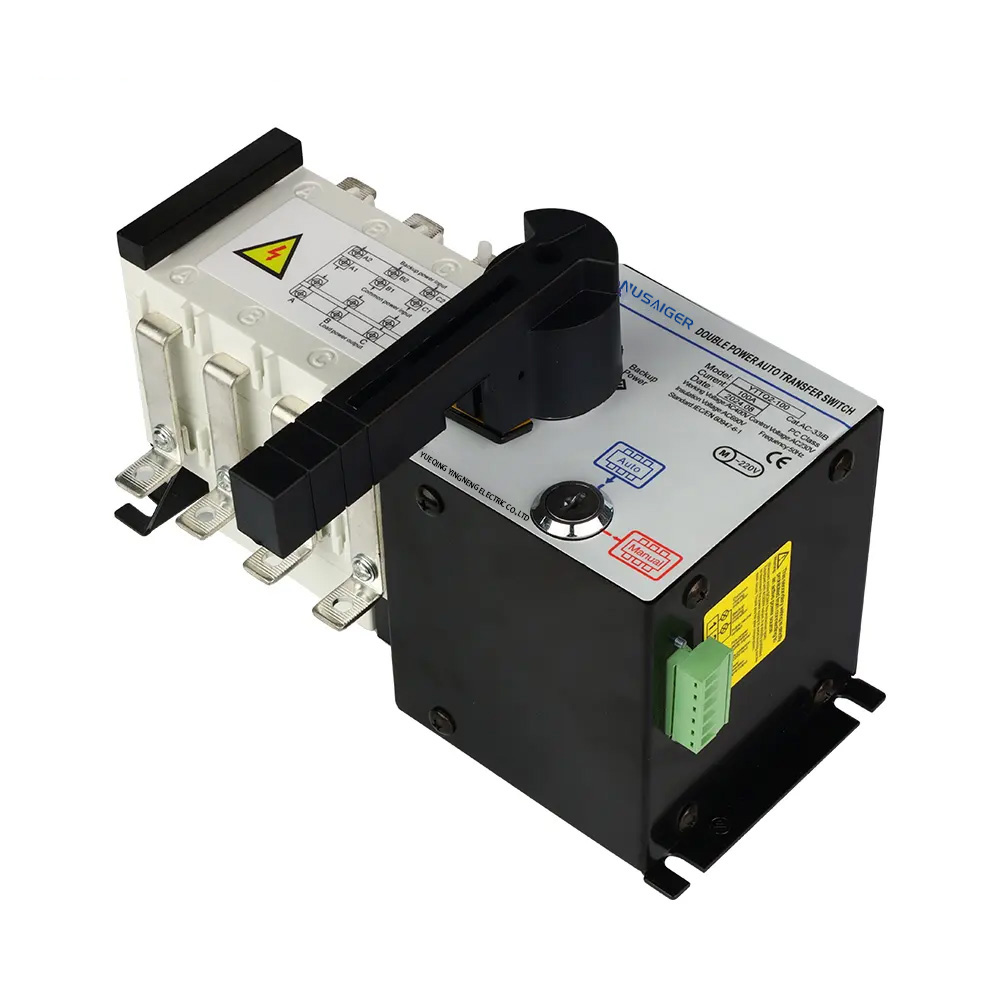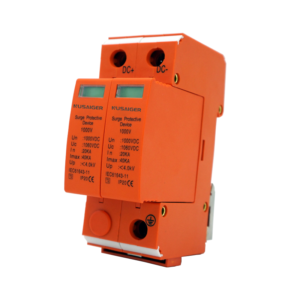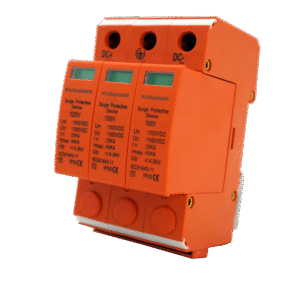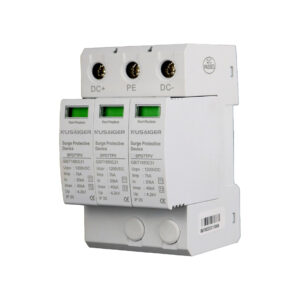Introduction
An Automatic Transfer Switch (ATS) is a key component in electrical systems that require continuous power. When the primary power source fails, the ATS automatically switches to a backup source, such as a generator, ensuring uninterrupted power supply. Understanding how ATS works is vital for both residential and industrial applications.
What Is an ATS? An ATS is an intelligent switch that connects to both a primary and a secondary power source. It constantly monitors the voltage and frequency of the primary source. If the primary source fails or fluctuates beyond set thresholds, the ATS instantly transfers the load to the backup source.
Manual vs. Automatic Transfer Switch Manual switches require human intervention to shift power sources, causing delays and risk. ATS automates this process, ensuring faster response and safer transitions.
Working Mechanism of ATS
Monitoring: The ATS monitors the utility power.
Detection: When it detects a failure or irregular voltage, it signals the backup power source to start.
Switching: Once the backup source is stable, the ATS transfers the load.
Return: When utility power is restored, the ATS automatically switches back.
Applications
Residential buildings with backup generators
Hospitals
Data centers
Manufacturing facilities
Conclusion
ATS ensures seamless power transitions, protecting equipment and maintaining operations. It’s an indispensable tool for any setting where power reliability is crucial.



